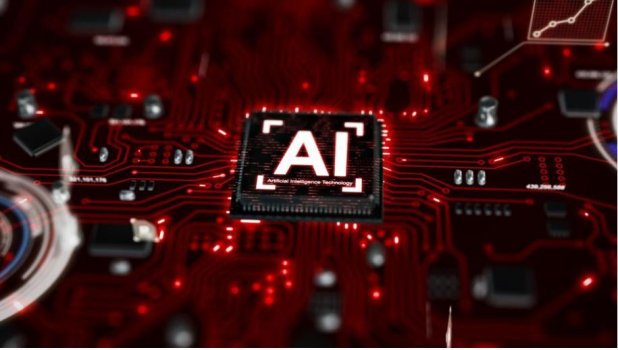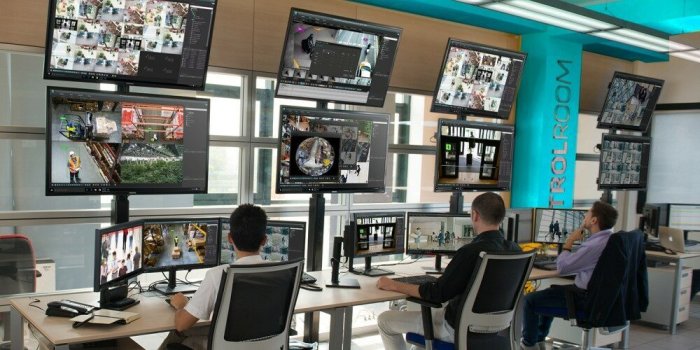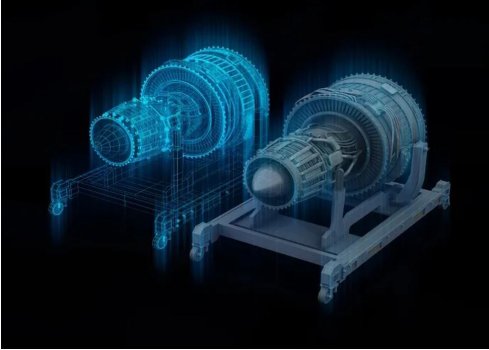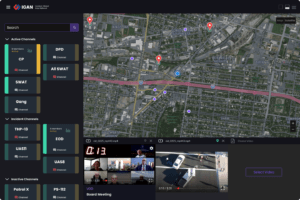What You Need To Know Before You Start Working With Artificial Intelligence
- Technology Solutions
- 0 Replies
It seems like everyone is talking about artificial intelligence at the moment, and there’s good reason for that. We are seeing its revolutionary impact across just about every industry:
· In healthcare, where it’s used to track pandemics and develop vaccines.
· In banking and finance, where it detects fraudulent transactions and enables more accurate assessments of lending risks.
· In security, where it prevents cyberattacks and data breaches.
· In biotechnology, where it augments advances made in fields such as gene editing, promising to help eradicate diseases and put an end to food shortages.
· In retail, where it predicts what customers are likely to buy, and puts them in front of them at the time they’re ready to pull the trigger.
I firmly believe that the true value of AI – estimated to be worth $13 trillion to the global economy by 2030 – will be realized due to it being accessible to businesses of all shapes and sizes, not just multinational corporations. A vast and eclectic ecosystem of cloud-based, “as-a-service” platforms reduces the need for expensive infrastructure investments and also means that niche solutions exist to help automate solutions in every industry.
But whether you’re simply looking to use AI-augmented marketing tools or to implement machine learning and real-time data analytics from top to bottom of your organization, there are some important points to consider first. The cost of deploying AI may have fallen dramatically in the last decade, but it still requires an investment of time and money, and going into it half-cocked – simply because it seems like everyone else is doing it, and you have a fear of missing out – can be a recipe for an expensive disaster.
Strategy First
The first principle is to start with a strategy. Simply put, this means understanding what you are trying to achieve. AI technologies are tools that are deployed tactically to achieve strategic objectives. Your strategy should be in line with your business objectives – are you aiming for growth? Improving customer retention or lifetime value? Or to reduce overheads involved with design, manufacturing, distribution, or after-sales service? Once you know what you want to achieve, then you can start looking for AI technologies – such as machine learning, computer vision, or natural language processing - that can help you get the job done. I like to start by thinking of the key questions a business needs to answer to be able to hit its targets. Who wants to buy our products or services, or how can we improve the value customers get from dealing with us? Remember, always fit technology to a problem, rather than problems to the technology!
Continue reading: https://www.forbes.com/sites/bernardmarr/2022/05/03/what-you-need-to-know-before-you-start-working-with-artificial-intelligence/?sh=6dd1cc257705
· In healthcare, where it’s used to track pandemics and develop vaccines.
· In banking and finance, where it detects fraudulent transactions and enables more accurate assessments of lending risks.
· In security, where it prevents cyberattacks and data breaches.
· In biotechnology, where it augments advances made in fields such as gene editing, promising to help eradicate diseases and put an end to food shortages.
· In retail, where it predicts what customers are likely to buy, and puts them in front of them at the time they’re ready to pull the trigger.
I firmly believe that the true value of AI – estimated to be worth $13 trillion to the global economy by 2030 – will be realized due to it being accessible to businesses of all shapes and sizes, not just multinational corporations. A vast and eclectic ecosystem of cloud-based, “as-a-service” platforms reduces the need for expensive infrastructure investments and also means that niche solutions exist to help automate solutions in every industry.
But whether you’re simply looking to use AI-augmented marketing tools or to implement machine learning and real-time data analytics from top to bottom of your organization, there are some important points to consider first. The cost of deploying AI may have fallen dramatically in the last decade, but it still requires an investment of time and money, and going into it half-cocked – simply because it seems like everyone else is doing it, and you have a fear of missing out – can be a recipe for an expensive disaster.
Strategy First
The first principle is to start with a strategy. Simply put, this means understanding what you are trying to achieve. AI technologies are tools that are deployed tactically to achieve strategic objectives. Your strategy should be in line with your business objectives – are you aiming for growth? Improving customer retention or lifetime value? Or to reduce overheads involved with design, manufacturing, distribution, or after-sales service? Once you know what you want to achieve, then you can start looking for AI technologies – such as machine learning, computer vision, or natural language processing - that can help you get the job done. I like to start by thinking of the key questions a business needs to answer to be able to hit its targets. Who wants to buy our products or services, or how can we improve the value customers get from dealing with us? Remember, always fit technology to a problem, rather than problems to the technology!
Continue reading: https://www.forbes.com/sites/bernardmarr/2022/05/03/what-you-need-to-know-before-you-start-working-with-artificial-intelligence/?sh=6dd1cc257705

























